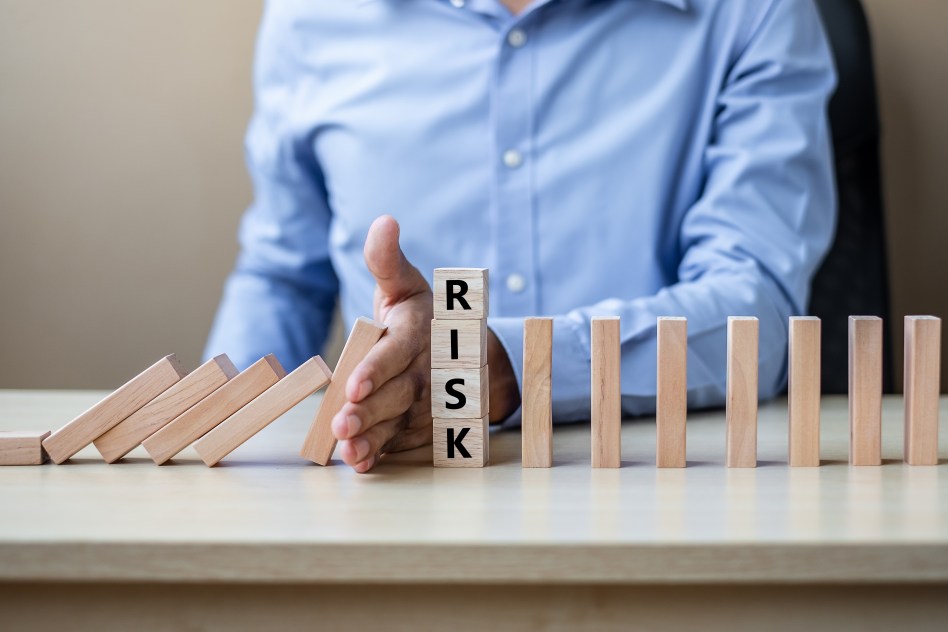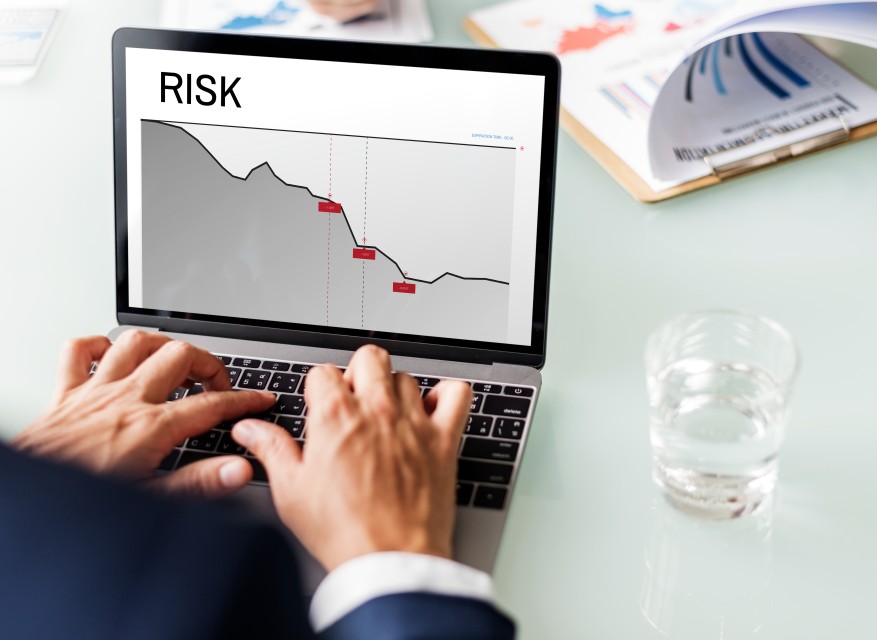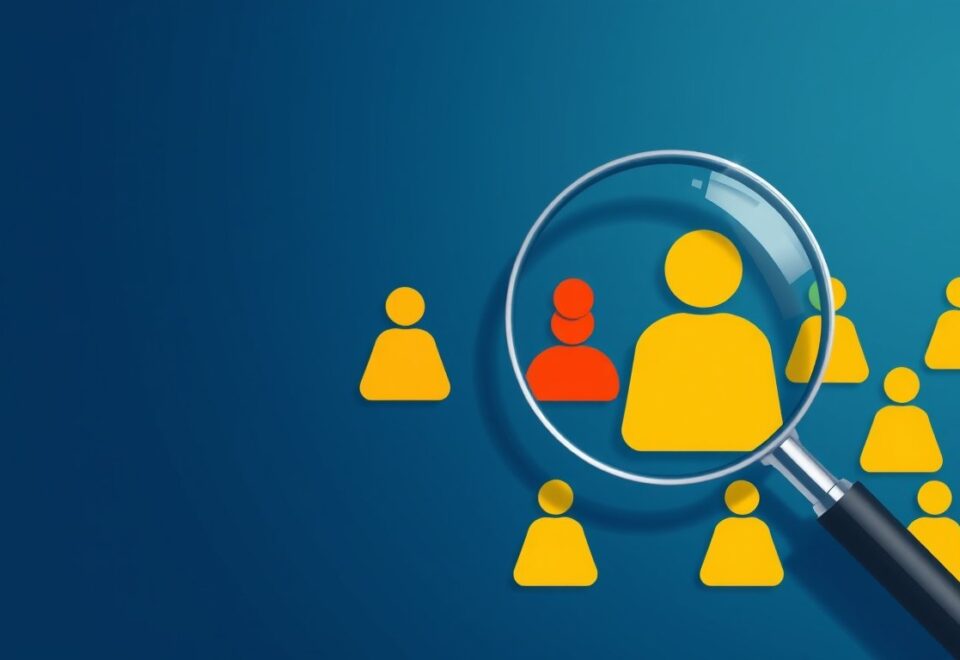As a business owner, you understand that certain risks are associated with operating your company. There is always the potential for employee accidents or injuries, and property damage can also be costly. To protect yourself from these risks, it is important to have a solid commercial risk management plan in place.
This guide will give you everything you need about business risk management. We’ll discuss the different types of risks you may face, and we’ll offer tips on reducing your exposure to those risks. So whether you’re just starting and looking for ways to protect your new venture or you’re looking for ways to improve your existing risk management plan, this guide has got you covered!
What is Commercial Risk Management?
Commercial risk management is identifying, assessing, and taking action to reduce or eliminate the risks your business may face. It includes proactive and reactive measures, and it should be an ongoing process that is revisited regularly.
Whether you are an insurance company, a manufacturer, a retail store, or any other type of business, you will face risks. Identifying those risks and putting procedures in place to minimize their impact on your business is important. You can protect your business from financial loss and keep it running smoothly by taking steps to reduce your risks.
The Different Types of Risks Your Business May Face
There are many different types of risks that businesses can face, but some of the most common include:
Property damage
When you own a business, you have a lot of assets. Your building, inventory, and equipment are all valuable properties that can be damaged or destroyed in an accident. You may also risk damage from weather events like storms or floods. Property damage in business can lead to a loss of income and customers. Whether the damage is caused by accident or by Mother Nature, it can be costly to repair or replace your property. Usually, commercial property insurance will cover the cost of repairing or replacing damaged property. But when an act of terrorism causes damage, it may not be covered. That’s why it’s important to understand your policy and what it covers.
Liability
Another common type of risk is a liability. This is the potential to be held responsible for damages or injuries resulting from your business operations. For example, if one of your employees is injured on the job, you may be liable for their medical bills. Or if a customer slips and falls in your store, you could be sued for damages. The workers’ compensation and liability insurance that you carry can help to protect you from these types of risks. However, taking measures to reduce your liability exposure is still important. If your business sells insurance products or is in the healthcare industry, you may be required to carry special liability insurance. An insurance product recall can also lead to liability claims.
Need help creating a commercial risk management plan to protect your business?
Contact Growth Hackers
Data breaches
In today’s digital world, businesses face the risk of data breaches. This is when sensitive information, such as customer credit card numbers or confidential business files, is stolen or leaked. A data breach can damage your reputation and cost you money through fines or lawsuits. Protecting your data, such as encrypting it and using secure passwords, is important. Client testimonials, product reviews, and blog posts can help build your business up, but a data breach can tear it all down. The loss control measures you put in place should be designed to protect your business from the financial consequences of a data breach. If your clients’ data is compromised, you could be liable for their losses. To limit your liability, consider purchasing cyber insurance.
Reputational risk
Your business also has a reputation to protect. If you are accused of wrongdoing or your products or services are not well-received, it could damage your business’s reputation. This can lead to a loss of customers and revenue. The emerging risk of cybercrime is also a reputational risk, as a data breach could lead to your customers losing trust in your company. Many commercial risks can be managed through insurance, but some will require other methods, such as developing a good reputation for customer service. Always try to self-insure first by taking measures to prevent risks from occurring. As a significant amount of risk management is analysis and planning, good record keeping is essential.
Product liability
If you manufacture products or provide services, you could be held liable if one of your products harms someone or your services do not meet the expected quality. This type of risk is typically covered by product liability insurance.
Contractual risk
If you enter into a contract with another business, there is a risk that the other business will not live up to its end of the deal. This could lead to lost revenue or damages. You can manage this type of risk by ensuring that you have a well-written contract with project management details and scope outlining both parties’ expectations. Usually, the construction of a simple contract takes the form of an offer, consideration and acceptance. You should also consult with a lawyer to ensure that the contract is enforceable. The benefit of a contract is that it can limit your liability in the event that something does go wrong. Different solutions will work for different types of businesses, so it’s important to find the right solution for your business.
Operational risk
There is also the risk of going wrong with your day-to-day operations. This could be a mechanical failure, a power outage, or a data breach. If your business cannot operate, it can lead to a loss of income and customers. If you rely on technology, operational risk can also include the risk of cyber-attacks. An auto accident is a good example of operational risk. To access the car, you need a key. The key is electronic and needs to be programmed. If the key is lost or stolen, it can cost you time and money to get a new one. If you don’t have insurance, it could cost you even more.
Strategic risk
Another type of risk that businesses face is a strategic risk. This is the risk that your business will make a decision that turns out to be unsuccessful. For example, you may choose to enter a new market or launch a new product, which may not be well-received by consumers. This can lead to a loss of revenue and market share. Or if you choose to merge with or acquire another company, it may not turn out to be a good fit and could end up being costly.
There are a few ways to manage strategic risk. One is to have a clear understanding of your business goals and objectives and ensure that any decisions you make align with these. Another is to do your research and due diligence before making big decisions. And lastly, you can create contingency plans in case things don’t go as planned.
Natural disasters
Natural disasters like hurricanes, earthquakes, and tornadoes can also threaten businesses. Insurance often covers this type of risk, but it is still important to take steps to protect your property from damage. According to many experts, a comprehensive emergency plan is the best way to protect your business from natural disasters. This plan should include evacuation routes, backup power sources, and contact information for important people.
Make sure your business is protected with a commercial risk management plan!
How to Create a Commercial Risk Management Plan
Now that you understand your business’s different risks, it’s time to create a risk management plan. This will help you to identify and assess risks and put in place strategies to avoid or mitigate them.
There are four steps to creating a risk management plan:
Identify the risks
The first step is to identify the risks that your business may face. This can be done through a risk assessment. Consider all the potential risks, including those that are specific to your industry. For example, the cash flow of your business is likely to be different from that of a manufacturing company. Suppose you run a small business that sells products online. In that case, your risks may include things like cyberattacks and fraud and more general risks like competition and market changes. Even if you don’t think a risk is likely to happen, it’s still important to consider it. This is because the consequences of some risks (such as data breaches) can be severe. According to many commercial risk management experts, the most important step in managing risk is identifying it.
Analyze the risks
Once you’ve identified the risks, it’s time to analyze them. This will help you understand each risk’s potential impact and how likely it is to occur. For each risk, ask yourself:
– What could happen?
– How likely is it to happen?
– What would be the consequences if it did happen?
If your business plan is well-developed, you may already have some data to help you answer these questions. For example, if you’ve done market research, you’ll have an idea of the level of competition in your industry. And if you’ve done a financial analysis, you’ll know your business’s likely cash flow. While there is no precise science to risk analysis, it’s important to be as realistic and objective as possible. The employees who will be responsible for implementing the risk management plan should be involved in this process.
Develop strategies to avoid or mitigate the risks
A “smooth sea never made a skilled sailor“. That doesn’t mean you always want a rough sea. You need to enjoy the ride and the journey by mitigating the risks you’re taking.
Once you’ve analyzed the risks, you can develop strategies to avoid or mitigate them. Several different options are available, including insurance, contracts, and risk management software. The best approach will depend on the specific risks your business faces.
Following are different cases:
1. For example, if you’re concerned about the possibility of a customer not paying for goods or services, you could require them to pay a deposit upfront.
2. Or, if you’re worried about a supplier’s financial stability, you could source from multiple suppliers to diversify your risk.
3. If you’re concerned about the potential for natural disasters, you could purchase business interruption insurance.
Several options are available for mitigating risks, so it’s important to tailor your approach to the specific risks your business faces.
Implement and monitor the risk management plan
Implementing your risk management plan is critical to its success. This will involve putting the strategies you’ve developed in place and assigning responsibility for monitoring and managing risks to specific individuals or teams. It’s also important to review your plan regularly and update it as needed to ensure it remains effective.
Finally, it’s important to review your experience with risks regularly and learn from your successes and failures. This will help you improve your risk management approach and make it more effective.
If you follow these steps, you’ll be well on your way to managing the risks your business faces effectively. Commercial risk management is an important part of running a successful business, so make sure you give it the attention it deserves.
Final Words on Commercial Risk Management
Risk management is an important part of running any business. By taking the time to identify and assess your business’s risks, you can develop strategies to avoid or mitigate them. This will help protect your business from potential losses and keep running smoothly. Commercial risk management should be a top priority no matter what industry you’re in.
So, always remember to keep your risk management plan up-to-date and review it regularly. And don’t forget to learn from your experiences with risks, both good and bad. By following these steps, you can ensure that your business is well-protected against potential risks.
Growth Hackers is a certified web3 marketing agency helping businesses from all over the world grow. There is no fluff with Growth Hackers. We help entrepreneurs and business owners create commercial risk management plan, generate qualified leads, optimize their conversion rate, gather and analyze data analytics, acquire and retain users and increase sales. We go further than brand awareness and exposure. We make sure that the strategies we implement move the needle so your business grow, strive and succeed. If you too want your business to reach new heights, contact Growth Hackers today so we can discuss about your brand and create a custom growth plan for you. You’re just one click away to skyrocket your business.









